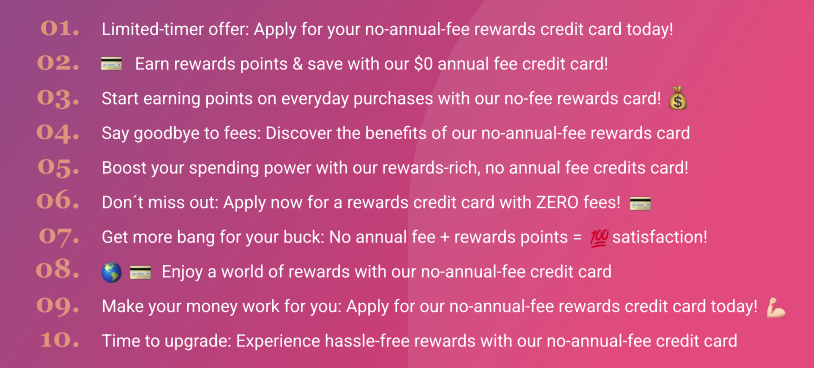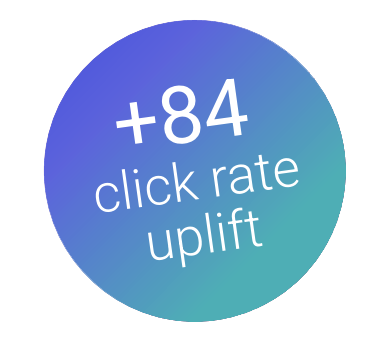Content now has a quality problem, not a blank page problem
The ability to create has been completely democratized. Now, anybody can use one of a litany of AI tools, they can click a button and boom, there's a whole essay, written just for you. But just because it's written doesn't make it good.
- August 16, 2023
By The Phrasee Team

For years, the core cognitive burden that marketers have faced was that of creation.
You would look at the screen, at the flashing cursor, and with every single flash it would go deeper into your soul – “what should I write?” You would be stuck staring at this blank page, your own personal Everest, while your boss was wondering why it wasn’t finished yet.
We know it now as the ‘blank page problem’, but the term doesn’t do justice to what a formidable adversary it really is.
It’s the eerie silence before the storm, the moment when inspiration seemingly takes an extended vacation.
Marketers rely on captivating words and visuals to engage their audience. But when faced with a blank page, their confidence wavers. Deadlines loom, stress mounts, and the pressure to produce remarkable campaigns intensifies.
Ideating, researching, planning, and writing takes time – or at least it used to.
In case you’ve been living under a rock these last few months – we no longer have that problem anymore. We’re no longer stuck on the blank page.
The ability to create has been completely democratized. Now, anybody can use one of a litany of AI tools, they can click a button and boom, there’s a whole essay, written just for you.
But just because it’s written doesn’t make it good.
While the generative AI tools out there do an incredible job at making content look like it was written by a human, there’s no guarantee that what it produces is of a controllable standard of quality or accuracy.
And now that there’s this huge deluge of content, our barometer has shifted from that of content creation to that of content curation.
Creating content isn’t the problem, creating good content still is.
A few clicks of a button now, and you have your content. But, is it good? Who decides if it’s good? It’s a complicated, subjective question – as ‘good’ can mean a couple of things:
- Is it factually accurate?
It should provide reliable and trustworthy information to the audience. Whether it’s an article, a social media post, or a video, ensuring the content is based on verifiable facts is crucial to maintain credibility and build trust with the audience. - Does it have the intent which you want it to?
It should effectively convey the desired information, evoke the desired emotions, or prompt the desired actions. Whether it’s to educate, entertain, or inspire, content should fulfill its intended purpose and resonate with the target audience. - Is it on brand?
It should reflect your brand’s values, tone, and visual aesthetics. This helps in creating a cohesive and recognizable brand image, reinforcing brand awareness and loyalty among your audience. - Does it perform?
It should engage the audience, generate positive interactions, and achieve the desired goals, such as increased website traffic, higher conversion rates, or improved brand visibility. Analyzing metrics, such as views, likes, shares, or conversions, can provide insights into the content’s performance and help optimize future strategies.
Because that’s the whole purpose of language within the marketing realm.
Now, this is a big problem because you can go into any AI, click the button and you can create something. And it’s coherent. And at first glance, it looks really cool and you can pat yourself on the back for using a good prompt..
But just because it’s done doesn’t mean it’s good.
You no longer have the blank page problem. But what you have now is a need to ensure that the content you create is high-performing. And generative AI alone will not get us there, because, as it turns out, humans are not great at determining what ‘high’ performing looks like.
Now, you might be thinking, “That might be true for the majority of people in the world, but I know what’s good. I’ve got this sixth sense about what’s good and what’s bad.”.
And maybe you’re right, but maybe you’re not. So let’s put it to the test. What I’m showing you right now is data from a large card issuer we work with in the US. They were sending out an email campaign to get people to sign up for a new credit card. It was a rewards credit card with a $0 annual fee.
We segmented the audience into 10 equal and distinct groups and sent one different subject line to each of those groups in a multivariate test.
Try and figure out which one you think got the highest click-through rate.

Everything else in the campaign was completely equal – we controlled all the other variables. The variants were sent out at the exact same time they were sent out to a randomly selected group. The content of the email was the exact same.
The only thing which was different was the subject line here.
The dependent variable is the click-through rates, um, on the links within the body content. Now, once you have a thesis on which one is best, I want you to think about your reasons why.
Because this is what happens in marketing teams throughout the world on a daily basis: You’ll have a piece of content, be it for something as simple as a subject line or a billboard, or an article. And people will read it, and they will apply their own bias and their own heuristics, and their own belief systems to it, and their own judgments about what they believe is correct.
Effectively, they’re relying upon instinct and gut feeling. Then they’ll debate it internally. Each person will put forward a persuasive argument, and then the one which people select is either by the person whose argument was the most persuasive or the person who gets paid the most.
And then the one which they pick is best, and it gets sent out to everybody with no rhyme or reason to it. People, by and large, do not apply a data-based approach to language and this is costing them money. Let me outline how much of a problem it is.
Out of this list, number three was written by a human copywriter from the client side. Uh, so that’s cool.
So, this list shows that AI can write a bunch of stuff that sounds human and is indecipherable from those written by humans? And that’s cool. That’s a good party trick. But what actually matters is this is the one which won:
- Make your money work for you: Apply for our no-annual-fee rewards card today 💰
Maybe you got this one right, and good job if you did, but the majority don’t when I’ve run this experiment live. The impact was that number nine had 84% more clicks in the best effort that the human copywriter made.

Now what I’m saying is not that humans are bad at being creative, but I am saying that humans are not good at understanding what is good and what is bad.
Now that creation has been democratized and you can create a whole bunch of stuff without effort, you need to then determine what is good and what is bad. This is of course what Phrasee does but I’m not gonna shameless plug you.
It’s no good just to create anymore.
Creation is an absolute commodity, but curation and then learning from that curation is the secret sauce, and that is what is gonna get you ahead in this new reality. The next step is personalization, and finding out how to not just generate content on a one-to-one basis, but optimize it on a one-to-one basis.
The future isn’t content creation, it’s understanding what makes good content good.
The marketers who do, or who leverage technology to let them, will come out ahead.


